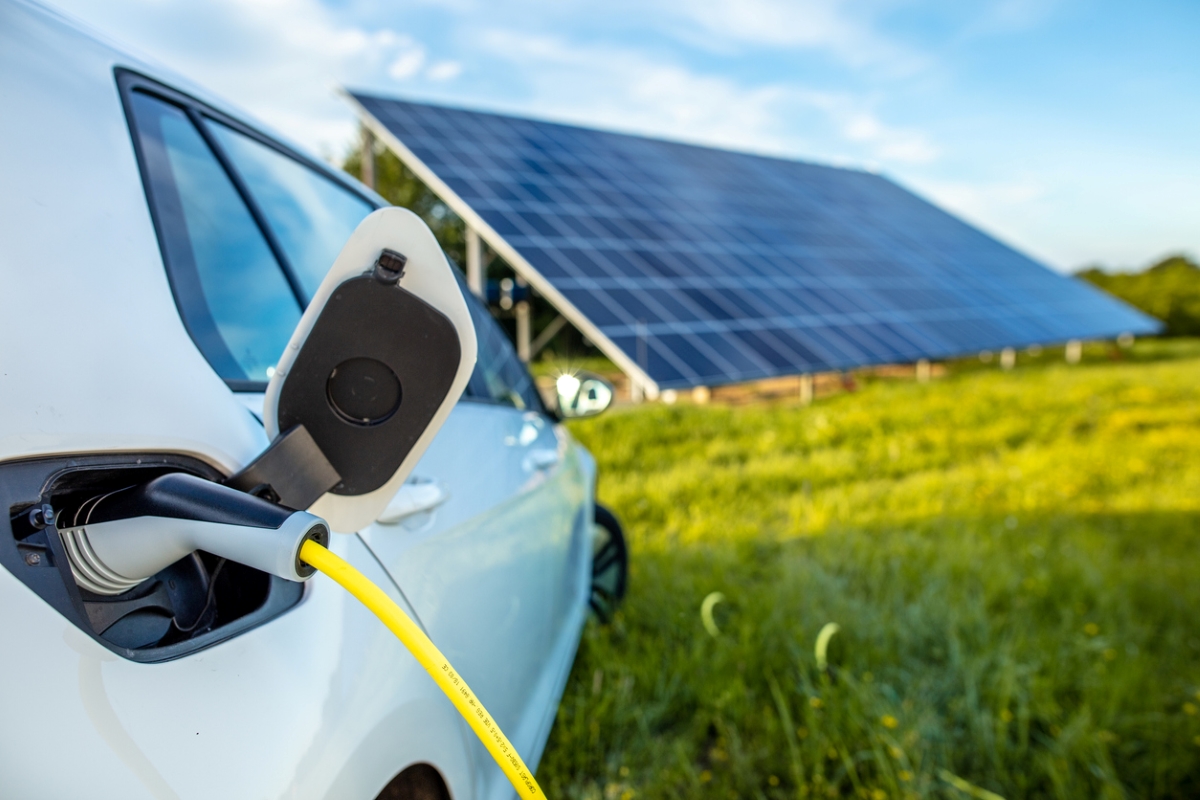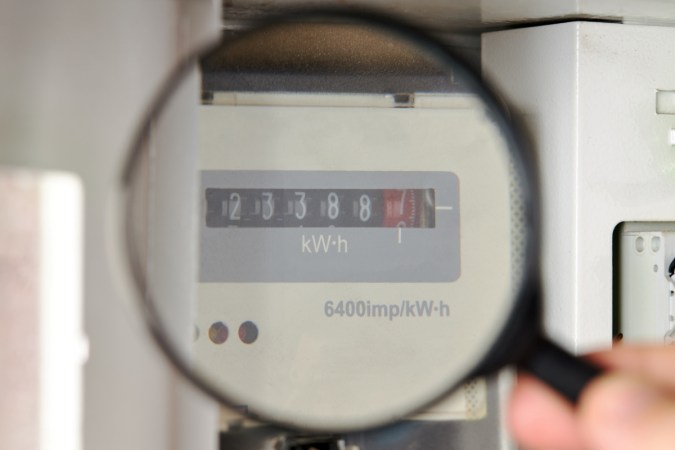We may earn revenue from the products available on this page and participate in affiliate programs. Learn More ›
How exactly do solar panels work with the electric grid to charge my electric car?
A: Let’s start with the basics. Most homes, as we know, are powered by the electric grid, and that electricity use is billed to us through our local utility or energy company. Solar panels, on the other hand, enable a home to use the energy the panels produce instead of having to purchase energy from the grid. Can we use energy gathered from solar panels to charge an electric vehicle (EV)? Yes. Energy gathered from solar panels can be used to charge your EV the same way it’s used to power the lights in your home. If the panels do not produce enough energy for charging an EV and the household needs combined, you can draw additional electricity from the grid.
In some cases, homeowners install a solar panel setup expressly for the purpose of charging their electric vehicle.
RELATED: What Are the Advantages of Solar Energy?
Solar energy is cheaper than electricity from a utility company.
The up-front cost of solar panels runs from $17,000 to $21,000 in 2022 for a 6-kilowatt-hour KWh system, an expense government subsidies can help offset. Despite the size of the initial outlay, in the long run, solar panels can be a worthwhile investment. In a sun-baked state such as California, solar energy is more cost-effective than gas, coal, and nuclear energy. Solar energy costs around 6 to 8 cents per kWh, while the average cost of grid electricity is 16.6 cents per kWh as of July 2022.
Level 2 chargers are the most convenient for home use.
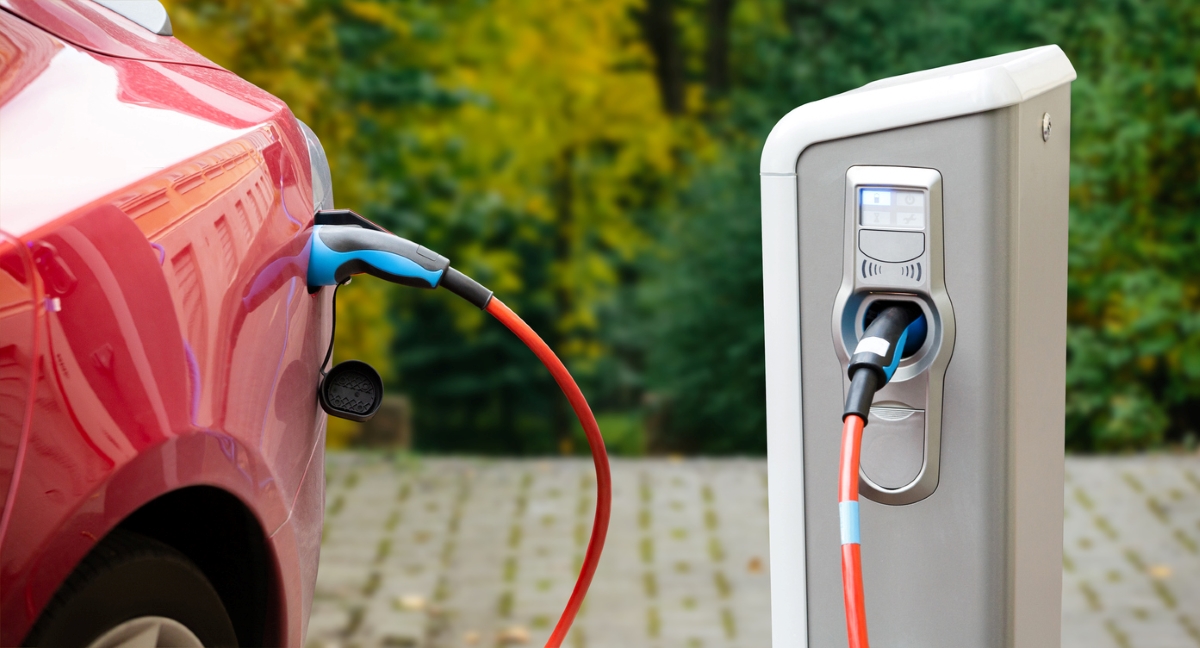
Most EV households use a Level 2 charger that runs off the home’s utility service and delivers 220 to 240 volts of charge, as opposed to a Level 1 EV charger, which delivers a lower charge and results in much slower charging times.
Level 2 chargers can require 6-12 hours to charge your car fully, which means overnight charging will be convenient for most people. However, overnight charging will pull energy from the grid and not your solar panels unless you have a solar battery to store the day’s sunlight.
This long period of charging is set to improve. Tesla says its Model S Plaid can add 200 miles of range in only 15 minutes using one of the company’s powerful Superchargers, negating the need for extensive overnight charging. As EV charging evolves, solar panel options will become even more viable.
RELATED: The Best Portable Power Stations
You’ll need 6 to 12 solar panels to charge most EVs.
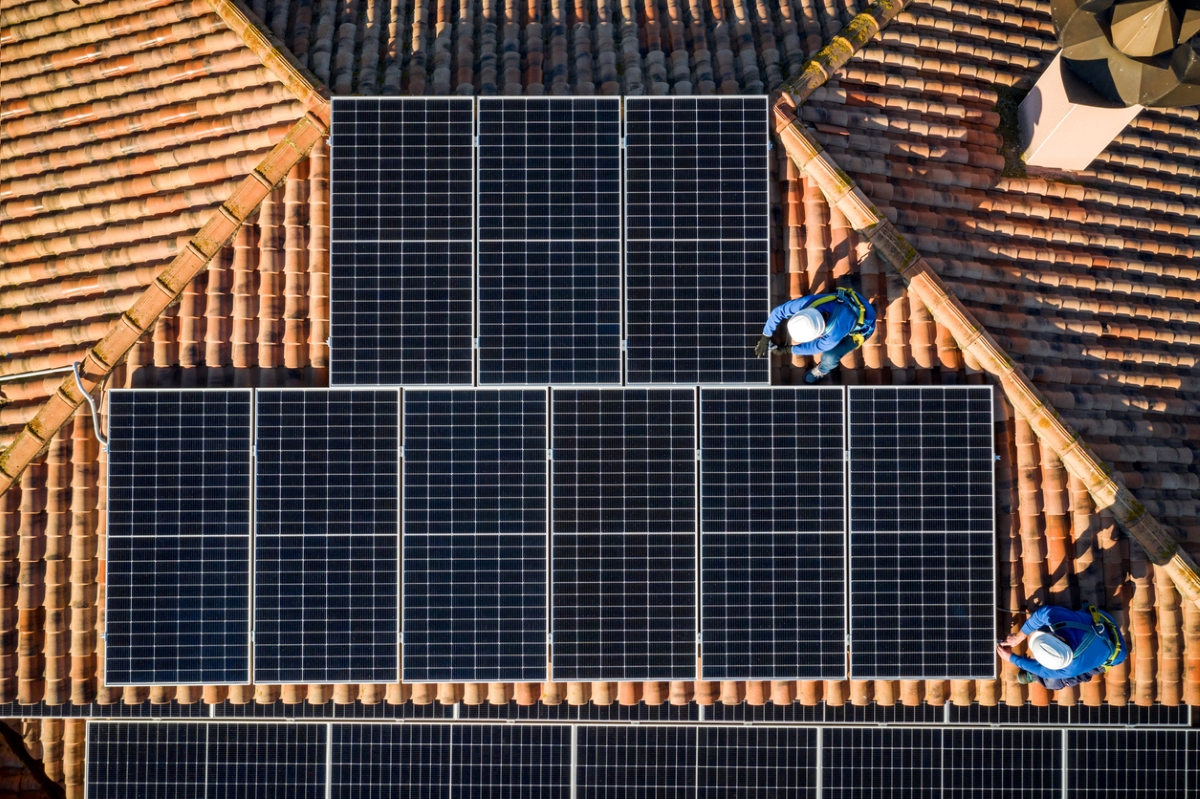
To charge your EV using rooftop solar power alone, you will need an adequate setup.Unless you know what you’re doing, it’s best to hire a professional for installation. You’ll need:
- Rooftop solar panels
- A central string inverter that combines the DC output of the solar panels to AC, or micro-inverters that convert each panel’s output to AC
- A level 2 EV charger
- A storage battery
Six to twelve solar panels should be enough to charge most EVs. However, the number of panels will vary from car to car. If you live in a temperate climate without significant sunlight hours, you might want to err on the side of caution and get more than six panels. To charge a Nissan Leaf year round would require six solar panels at 370 watts each, taking up 132 square feet. The Hyundai IONIC requires five panels at 370 watts, and a Porsche Taycan 45 requires 10 panels to drive 40 miles.
Portable solar panels are not a viable solution for EV charging.
One day, when technology advances, the anxiety of running out of juice on the road will be a thing of the past. Portable solar panels that can simply be taken out of the trunk to charge your car in minutes and send you on your way are every EV driver’s dream.
Unfortunately, we’re not quite there yet. That’s not to say portable solar panels can’t be used at all to power EVs. They can, in conjunction with a generator and MC4 connectors. However, it would be best to use them only in emergencies because they can only generate a small amount of energy.
A 220 W solar panel connected to a portable 100-watt-hour generator will take 8 hours of charging to get you about 8 miles worth of driving. You might be better off walking or calling an Uber! Portable panels might be enough to get you to a place with better cell phone reception, but don’t expect to go long distances.
RELATED: 9 Solar Gadgets That Have Us Aglow
Newly designed solar panels closely resemble roof shingles
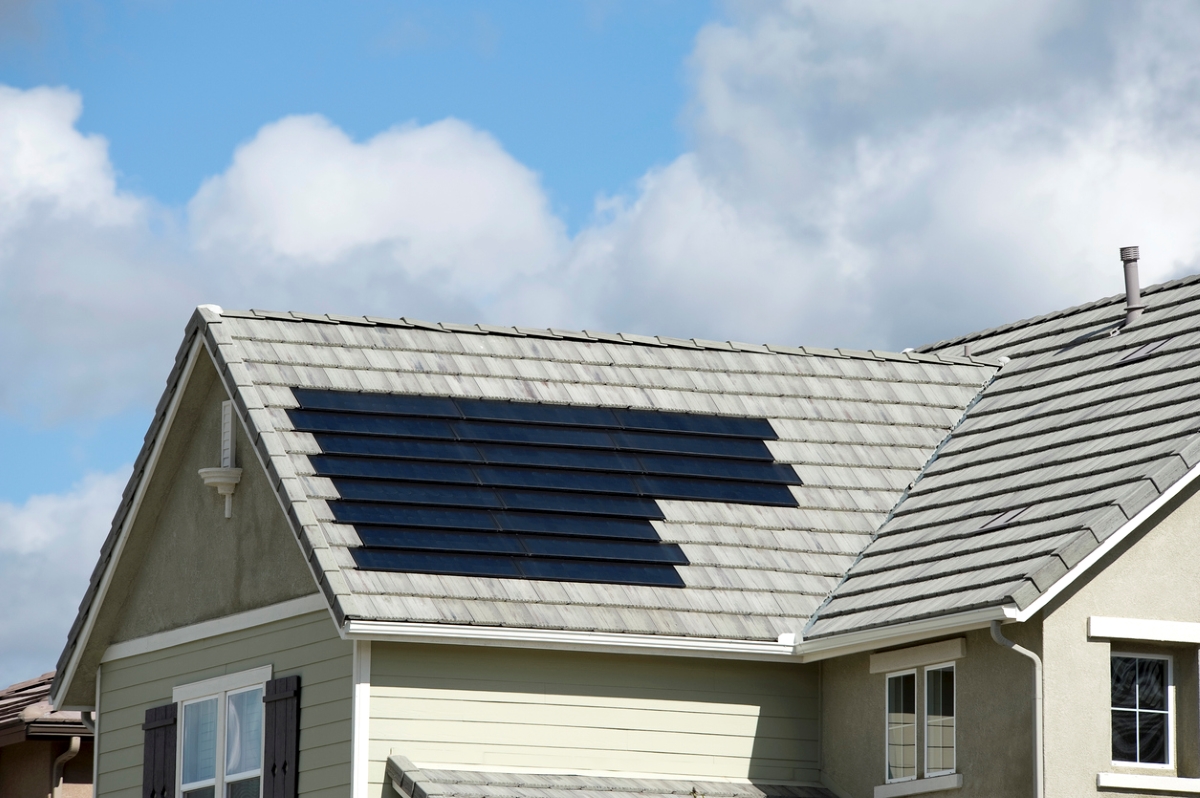
The EV revolution is upon us. The United States government’s goal of making at least 50% of all cars electric by 2030 means that electric usage is not only going to go through the roof, but also come from the roof.
Panels are transforming from their traditional blue/black photovoltaic sheen into objects more closely resembling roof shingles and tiles, making installation more appealing to homeowners.
While warmer areas of the country will benefit most from the solar spike, the whole country can benefit from using the summer sun. It’s time to embrace your higher power and help the planet—and your bank account too.

